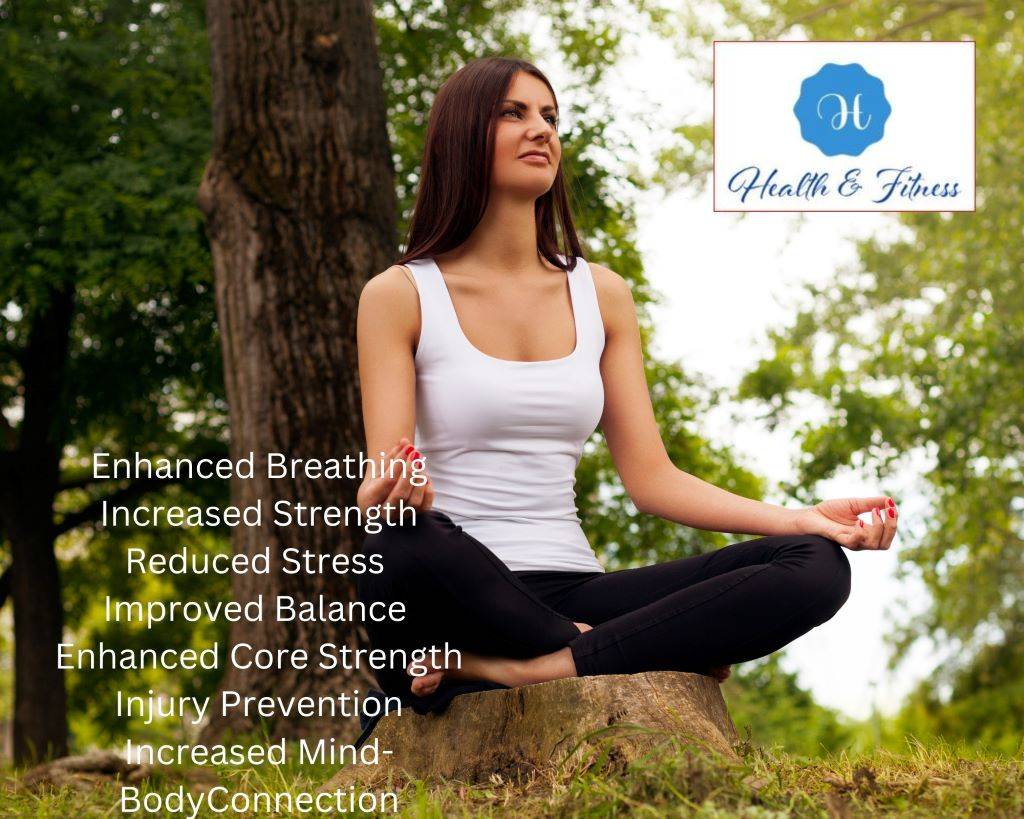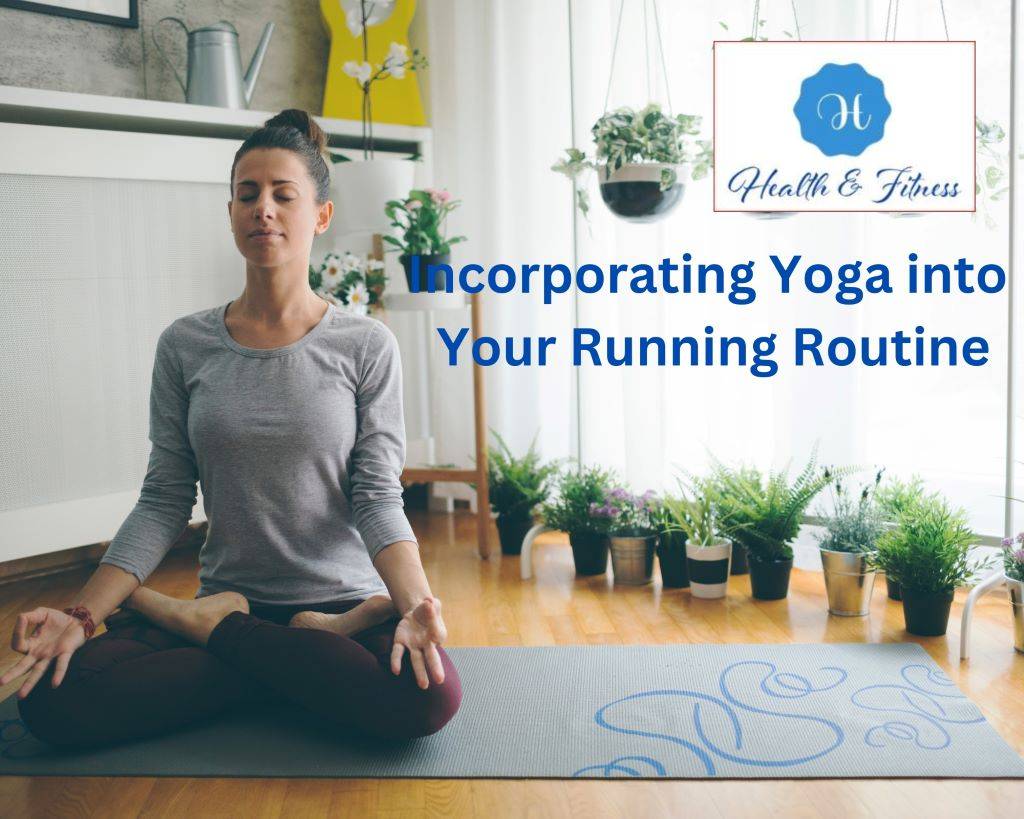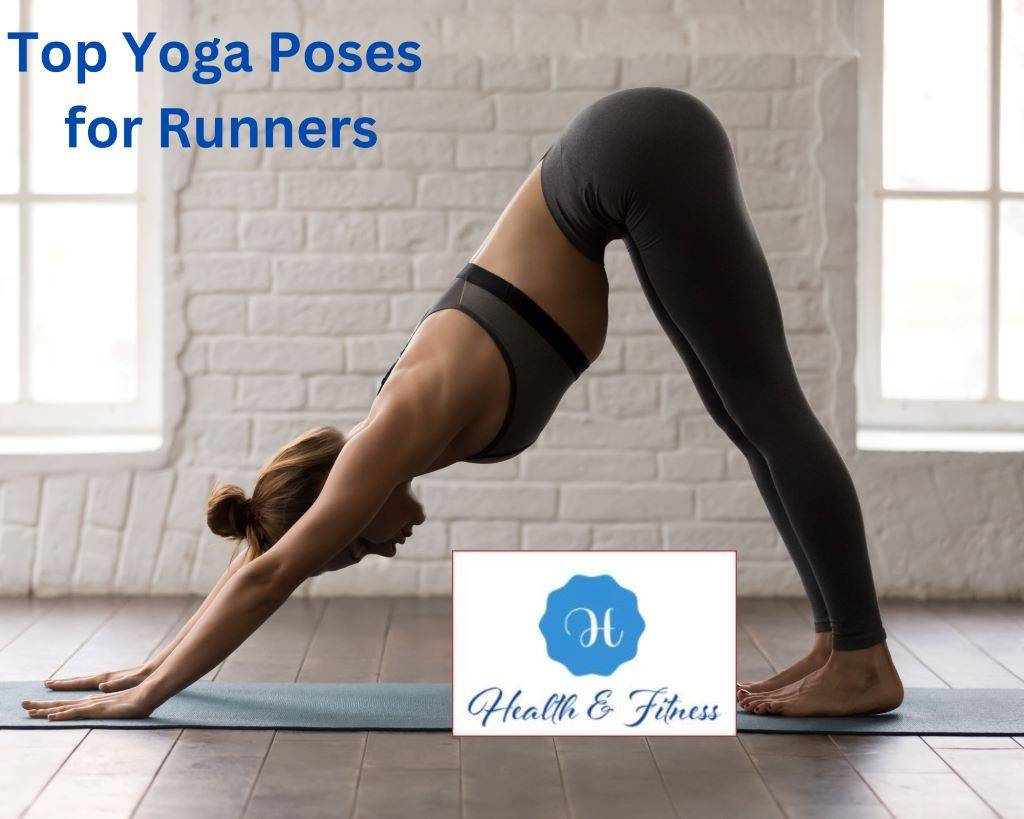Yoga for Runners: Enhance Your Performance and Prevent Injuries
Elevate your running game with Yoga for Runners. Boost performance and prevent injuries with expert guidance. Start your journey now.
Introduction to Yoga for Runners
Yoga for Runners Boost Performance and Prevent Injuries with These Essential Poses
Running is a fantastic way to stay fit, improve cardiovascular health, and build mental resilience. However, it can also affect the body, leading to injuries and imbalances. Focusing on flexibility, strength, and mindfulness, yoga can perfectly complement a runner’s training regimen. This blog post will explore how incorporating yoga into your routine can enhance your performance, prevent injuries, and help you become a more balanced and efficient runner. We’ll also explore additional yoga poses and techniques to support your running journey further.
The Benefits of Yoga for Runners

- Improved Flexibility and Range of Motion: Yoga helps to lengthen and stretch the muscles, improving flexibility and allowing for a more efficient running stride.
- Increased Strength and Stability: Yoga poses require you to engage multiple muscle groups, helping to build strength and stability throughout the body, which can be particularly beneficial for runners.
- Enhanced Breathing and Lung Capacity: Yoga emphasizes deep, controlled breathing, which can help to increase lung capacity and improve oxygen delivery to the muscles, leading to better endurance and stamina during your runs.
- Reduced Stress and Improved Mental Focus: Yoga’s focus on mindfulness and relaxation can help to improve mental focus and reduce stress, leading to a more enjoyable running experience and better overall performance.
- Faster Recovery: Yoga’s emphasis on stretching and relaxation can help to speed up recovery after a run, reducing muscle soreness and stiffness.
- Improved Balance and Coordination: A deal of yoga poses challenge your balance and coordination, which can translate to better stability and control during your runs, helping to prevent falls and improve overall running form.
- Enhanced Core Strength: A strong core is essential for maintaining proper running form and preventing injuries. Yoga poses that engage the core muscles can help to build strength in this critical area, leading to better performance and reduced risk of injury.
- Injury Prevention: By addressing muscle imbalances and promoting flexibility, yoga can help to reduce the risk of common running injuries, such as the runner’s knee, shin splints, and IT band syndrome.
- Better Posture: Yoga can help improve posture by strengthening the muscles that support the spine, leading to better running form and reduced risk of injury.
- Increased Mind-Body Connection: Practicing yoga can help develop a greater awareness of your body and its movements, translating to improved running form and a more mindful approach to your training.
Incorporating Yoga into Your Running Routine

To reap the benefits of yoga for runners, it’s essential to incorporate it into your training routine consistently. Here are some tips for getting started:
1- Start with a Warm-Up
Begin your yoga practice with a gentle warm-up to prepare your body for the more intense poses. This can include simple stretches, such as forward folds, side bends, and gentle twists.
2- Focus on Key Muscle Groups
As a runner, it’s essential to focus on the muscle groups most affected by running, such as the hamstrings, quadriceps, hip flexors, and calves. Incorporate poses that target these areas, such as downward-facing dog, pigeon pose, and warrior series.
3- Balance Strength and Flexibility
While focusing on flexibility is essential, don’t neglect strength-building poses. Incorporate poses that engage the core, glutes, and leg muscles, such as plank, bridge, and chair poses.
4- Include Restorative Poses
Restorative poses, such as legs up the wall and supported child’s pose, can help to promote relaxation and recovery after a run. Include these poses at the end of your practice to help your body recover more quickly.
5- Practice Consistently
Aim to practice yoga at least two to three times per week to see the most significant benefits. This can combine shorter sessions focused on specific muscle groups and longer, more comprehensive practices.
6- Listen to Your Body
Listening to your body and adjusting your yoga practice is essential. If you’re feeling particularly sore or tired, opt for a gentler practice focused on stretching and relaxation. On the other hand, if you’re feeling strong and energized, challenge yourself with more intense poses and sequences.
7- Consider Taking a Yoga for Runners Class
Many yoga studios and fitness centers offer classes specifically designed for runners. These classes can provide targeted instruction and guidance, helping you to get the most out of your yoga practice.
Top Yoga Poses for Runners

1- Downward-Facing Dog (Adho Mukha Svanasana)
This classic yoga pose stretches the hamstrings, calves, and Achilles tendons while strengthening the arms, shoulders, and back.
2- Pigeon Pose (Eka Pada Rajakapotasana)
The pigeon pose is an excellent hip opener that targets the hip flexors and glutes, helping to alleviate tightness and improve flexibility.
3- Warrior Series (Virabhadrasana I, II, and III)
The warrior series strengthens the legs, hips, and core while improving balance and stability.
4- Triangle Pose (Trikonasana)
The triangle pose stretches the hamstrings, hips, and groin while strengthening the legs and core.
5- Bridge Pose (Setu Bandha Sarvangasana)
The bridge pose targets the glutes, hamstrings, and lower back, helping to build strength and stability in the lower body.
6- Legs Up the Wall (Viparita Karani)
This restorative pose helps to promote relaxation and recovery by allowing the legs to rest and drain excess fluid.
7- Supported Child’s Pose (Balasana)
Another restorative pose, the supported child’s pose, helps to release tension in the lower back and hips while promoting relaxation and recovery.
8- Chair Pose (Utkatasana)
Chair pose strengthens the quadriceps, glutes, and core, helping to build power and stability in the lower body.
9- Half Lord of the Fishes Pose (Ardha Matsyendrasana)
This seated twist helps to stretch the outer hips, glutes, and lower back, promoting flexibility and relieving tension in these areas.
10 Cow Face Pose (Gomukhasana)
Cow face pose is an intense hip opener that targets the outer hips and glutes, helping to alleviate tightness and improve flexibility.
Conclusion
Incorporating yoga into your running routine can significantly improve performance, injury prevention, and overall enjoyment of the sport. You can become a more balanced, efficient, and resilient runner by focusing on key muscle groups, balancing strength and flexibility, and practicing consistently. Give yoga an experience of the benefits for yourself!
Reference
Yoga Poses for Runners: A Guide to Enhancing Flexibility and Strength” – A comprehensive guide showcasing yoga poses specifically beneficial for runners. Link: Yoga Poses for Runners Guide
“The Benefits of Yoga for Runners” – Runner’s World Link: [https://www.runnersworld.com/yoga/a20866481/yoga-for-runners/]



